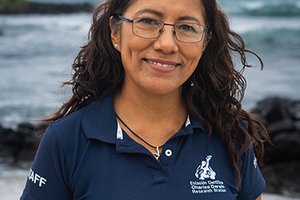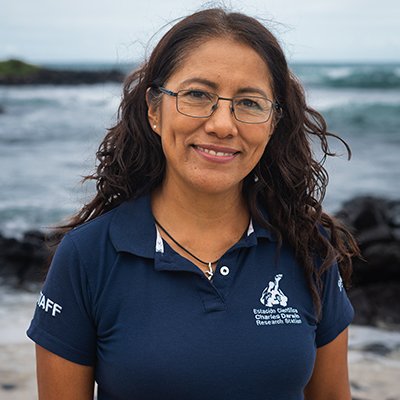The following is a creative depiction of what Galapagos could be like in the year 2050, written from the perspective of someone at that time. Though we find ourselves in a global crisis with the COVID-19 pandemic, we have not lost hope in a bright future. Our vision holds a positive and realistic view of what could happen if minds come together to support education and continue to improve the culture of these islands in good ways. Galapagos Verde 2050 (GV2050) is a project dedicated to sustainable agriculture and the restoration of native and endemic plants and ecosystems of Galapagos by the year 2050. However, we see the future of Galapagos as more than just a greener place. We see it as a place where humans and nature can coexist in harmony.
“In the end we will conserve only what we love,
we will love only what we understand,
and we will understand only what we are taught.”
- Baba Dioum, 1968
The vision
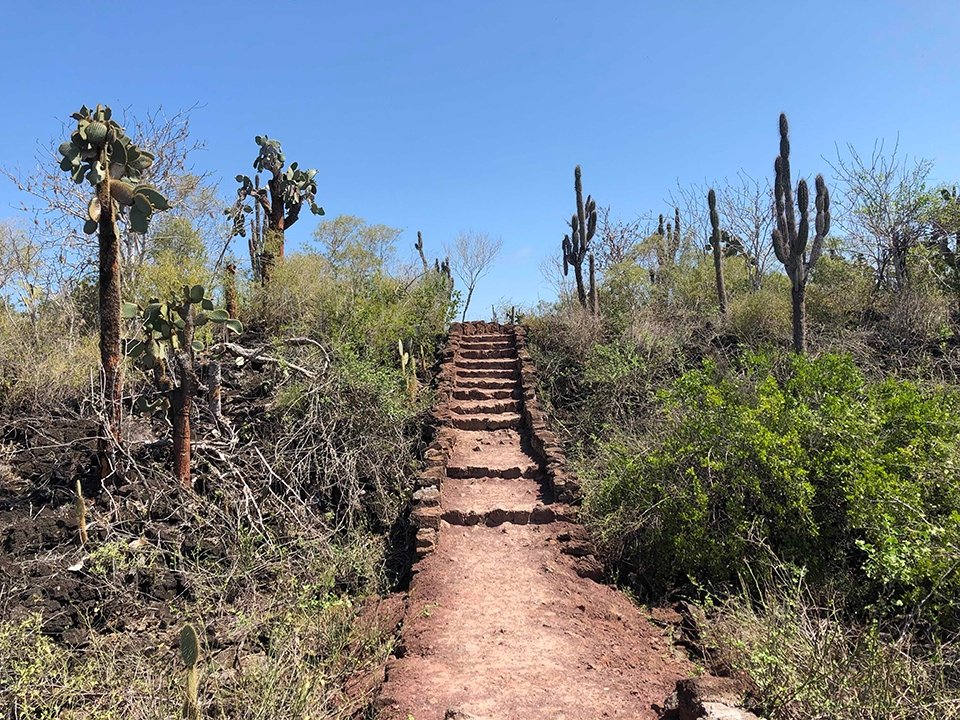
Today, on March 25, 2050, we can confirm that Galapagos has become a global leader in sustainability largely due to a fundamental shift in education. Education for sustainability has become a top priority for the local political and environmental authorities and is the backbone of the cultural shift in values of the Galapagos community. Incentives are no longer just based on monetary gains. Now the primary incentive comes from understanding that we, inhabitants of Galapagos, are responsible for and part of both the local islands and global island (Earth) we call home.
Beginning at the earliest ages, school children are now bilingual and regularly exposed to the natural wonders of the archipelago. Children spend at least one day per week outside and equipment for hiking, snorkeling, surfing, and other activities are always available. There are also many school clubs that support these activities and encourage further social and environmental engagement.
A clear wonder of these changes is the new annual holiday in the Galapagos. Each year, on June 1st (marking the day in 2020 when the archipelago-wide education reform was signed into action, and coinciding with international children’s day), all people spend the day collecting trash throughout the islands.
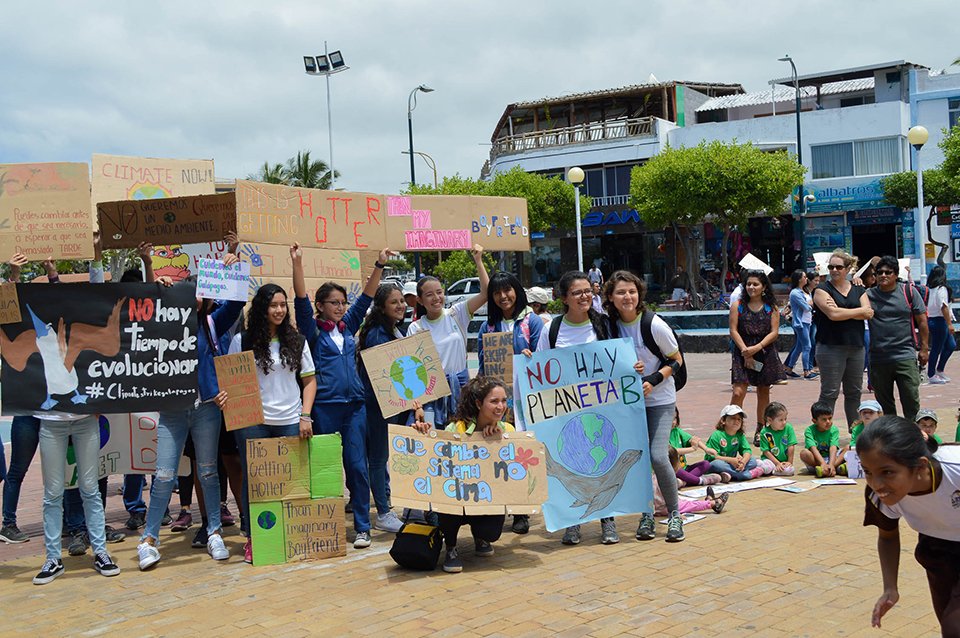
Though education begins with the youngest children, classes and training seminars for adults are now also available and encouraged by all. For example, renewal of fishing licenses requires an annual course where new scientific findings and knowledge are shared with fishers and where fishers share their own experience and wisdom from their interactions with the sea. During those events, the values of fishing and importance of complying with restrictions and limits are highlighted to help convey how fishing regulations are essential for sustainable livelihoods. Farmers similarly now take part in workshops where sustainable agricultural practices are presented, such as the benefits of polycultures and planting native and endemic species. Farmers also have the opportunity to impart their own knowledge and experience, creating a dynamic and mutual learning process for all.
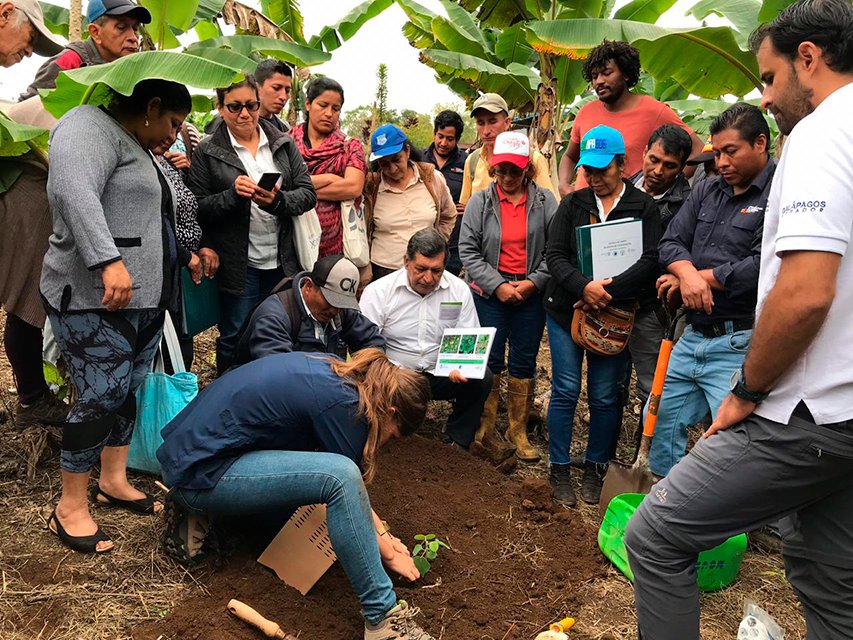
As a natural result of these shifts in education for sustainability in Galapagos, conservation and restoration actions in 2050 are finally showing large-scale positive changes in the socio-ecological system of these islands. Local politicians and other public authorities have spent most of their lives learning and living the values of conservation and sustainability, so they now ensure that more money is allocated towards policies and practices that enhance conservation, research, restoration, and sustainable livelihoods.
The Charles Darwin Research Station (CDRS) is now world-renowned for its state-of-the-art facilities, its interdisciplinary research agenda, and top research teams. With a sufficient endowment fund, the institution now has everything necessary for exploring every aspect of the Galapagos—both for the purposes of conservation and sustainability, but also for the sake of contributing towards biological knowledge, as Charles Darwin once did, taking advantage of our outstanding natural laboratory of islands.
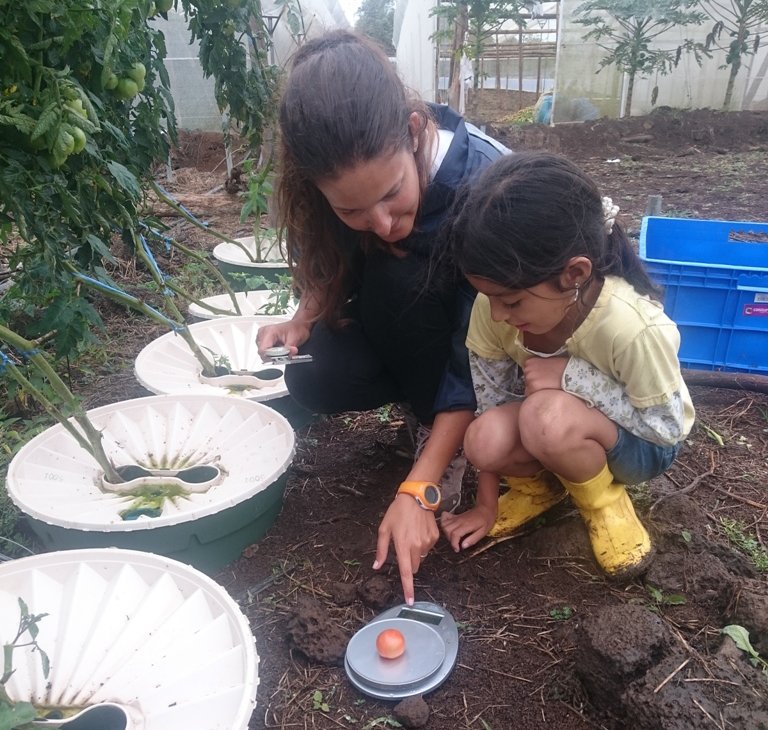
Regular meetings between the CDRS, Galapagos National Park Directorate (GNPD), authorities, policy-makers, and stakeholders at the local, national, and international levels now ensure a continuous and transparent exchange of information and knowledge, essential for making good decisions.
Due to powerful conservation legislature, previously declining commercial fish species’ populations are now healthy and being fished sustainably, and almost all food necessary for the Galapagos inhabitants is sustainably harvested and produced on these islands. The accessibility to healthy food sources is guaranteed for the residents and tourists of this archipelago, and this is despite the doubling of Galapagos’ population since 2020. There has also been a great improvement in sexual education at public and private schools and an increase in access to birth and maternal care. This has reduced teen pregnancies and led to an empowered wave of young women seeking higher education opportunities. With this, many more women now hold leadership positions in professional careers in the Galapagos, including the STEM fields (Science, Technology, Engineering and Mathematics).
Moreover, invasive species control programs coupled with active restoration initiatives through the Galapagos Verde 2050 project have shifted ecosystems back towards an abundance of endemic and native species. Populations of the native and endemic plants and animals of the Galapagos that were previously declining or threatened with extinction have regained dominance of the landscape.
Another critical aspect of legislature has been the implementation of “Eco-Human Galapagos” (EHG), a program involving strict norms and regulations that ensure all aspects of the tourism in the archipelago is ethically responsible, socially fair, environmentally sustainable, and economically beneficial. A substantial portion of funding for EHG and other sustainability focused programs, which originally came from the much higher fines imposed on breaking environmental regulations, now mostly come from the tripling of the Galapagos economy through sustainable tourism.
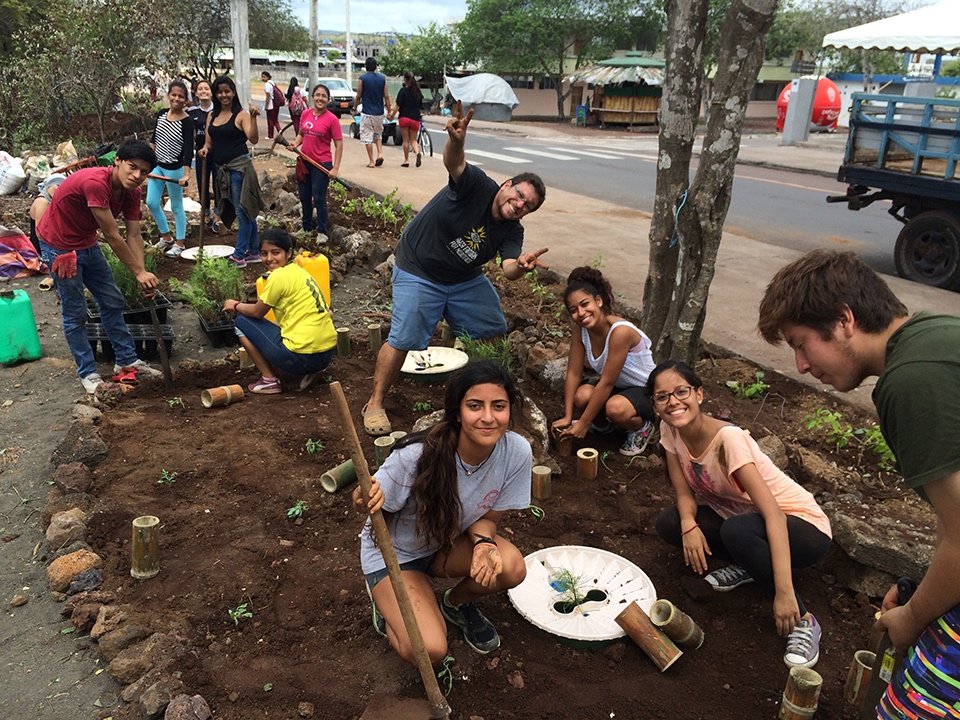
However, the pinnacle achievement of these shifts in the Galapagos reaches far beyond this archipelago. In 2045, the “Galapagos Earth Nations Agreement” was signed into action by over 150 countries. GENA has unified these countries through a pragmatic commitment towards implementing ‘The Galapagos model’ for sustainable development and its most important axis: education for sustainability. This is now claimed as the best approach for long-term sustainability, and the GENA model is now being implemented on a global level. The rate of carbon dioxide input into the atmosphere is now slowing for the first time since the industrial revolution and this can be directly attributed to GENA.
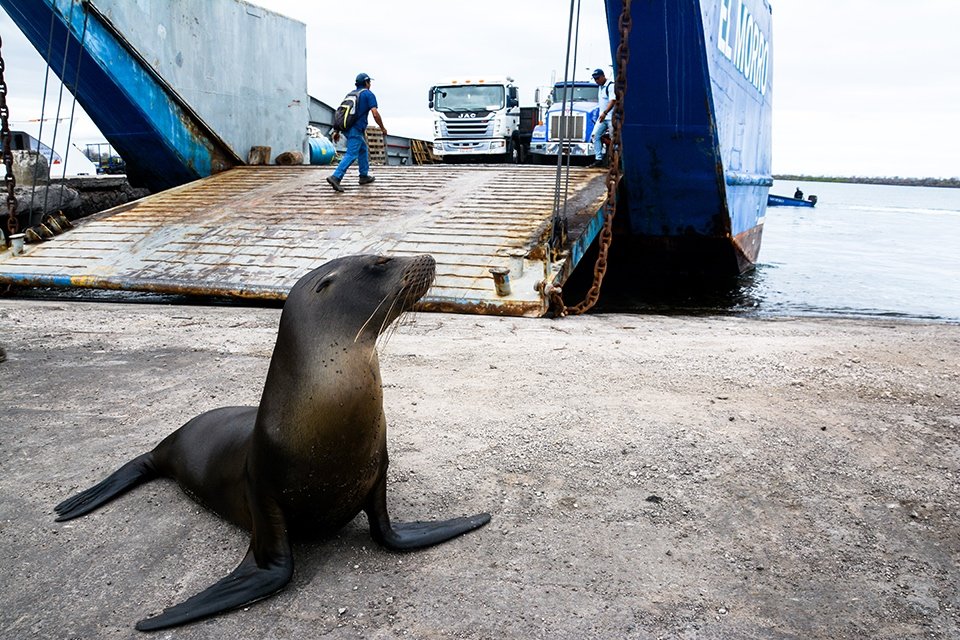
The next century for the Galapagos and the Earth is never certain, but the positive shift that occurred in the last few decades tell us that positive change can be achieved. Beginning with the combined minds of even 30,000 people, our potential is limitless if we share a common goal. And, yes! there is much hope for our future.
Postscript
Since writing this essay, some of this vision has already begun taking place. Created by 7th grade students, an amazing event came to life and was organized by Unidad Educativa Tomás de Berlanga, Frente Insular, and Indigaia. On January 25, 2020, over 370 children and adults gathered in the largest one-day garbage cleaning effort in Galapagos history, with communities present from Puerto Ayora, Bellavista, Santa Rosa, and Cascajo, on Santa Cruz island. The event was called “Super Minga de los Niños” and plans to become a regular yearly tradition in the Galapagos.
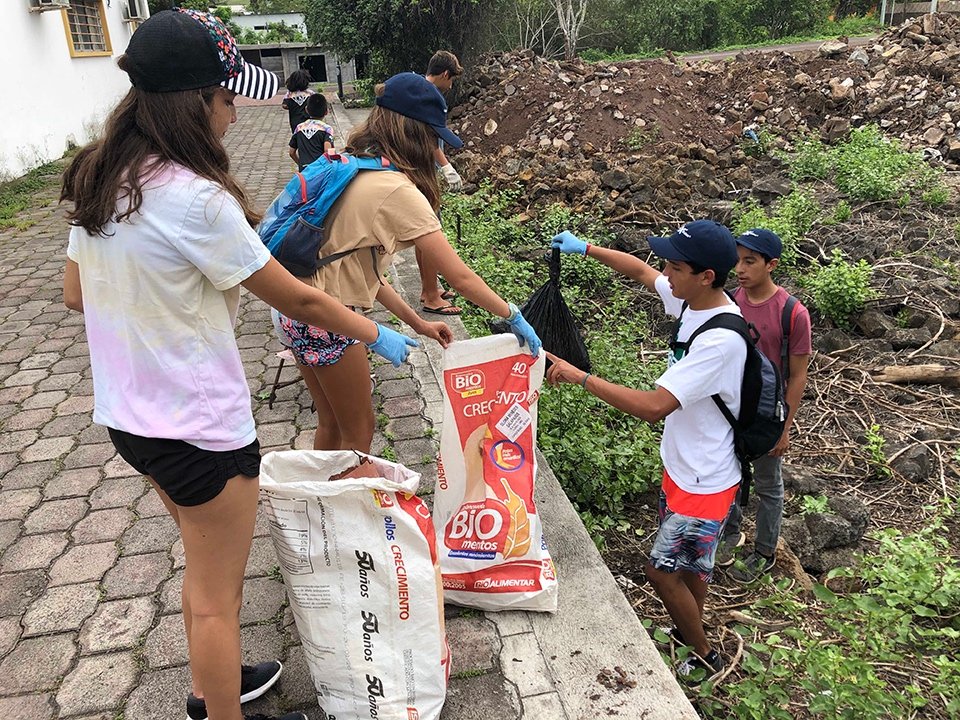
Acknowledgements:
We would like to thank the Galapagos Verde 2050 team and in particular Esme Plunkett and Felipe Cornejo for their insightful contributions towards earlier drafts of this essay. We also thank Adri Benea, teacher from Unidad Educativa Tomás de Berlanga, for his moving conversations and inspiring ideas. Finally, we thank Patricia Isabela Tapia and María José Barragán for their helpful comments and contributions on the final drafts of this post.
GV2050 project is implemented in collaboration with the Charles Darwin Foundation and Galapagos National Park Directorate. The project is financially viable thanks to the support of the CoMoN Foundation and Green Fund of Japan. We would like to also extend our thanks to ABG, ECOGAL, Municipality, Schools, MAG for the support given to the work of GV2050 during the trip and supporting conservation in the Galapagos.





